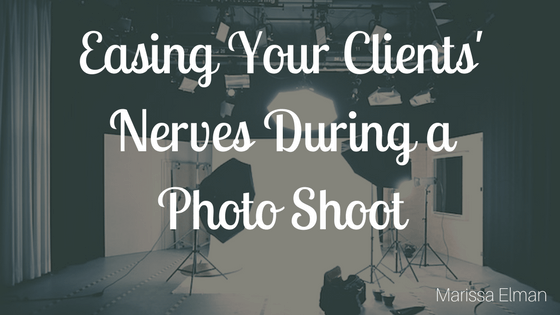The use of contrast in photography is one of the most critical aspects of art. Knowing how to manipulate contrast will help improve your technique and photography overall.
Contrast, simply put, means different. In photography, some of the most usual differences are changed by actually altering the changes in color or tone in the composition. Lowering or heightening the contrast in the photo can significantly alter the story your picture is telling.
Creating an exciting color scheme involves some knowledge of color. You don’t need to have the eye for the color of Vincent Van Gogh; knowledge of or an on hand color wheel will suffice. A color wheel is a tool involved in a vast medium of art. It merely consists of the relationship between different colors. Using color schemes, you can play around with what colors provide. It’s easy to find complementary colors because they are located on the opposite side of the wheel.
An easy example is the juxtaposition of the colors green and red. They both compliment each other and cause their counterpart to pop or “stick out.” You can also classify colors into two categories, warm or cold. Combining a cold color with a warm color will provide contrast in your photo.
The most popular form of contrast is called tonal contrast. Tonal contrast refers to the balance of brightness in different elements of an image. Those contrasting hues are very noticeable in black and white imagery. If the photo is both very dark and contains very bright tones, it has a high tonal contrast. If the image has a far range of tones from pure white to pure black, it is classified as a medium tonal interest.
As you work on your photography and image editing sills, pay attention to your usage of contrast in both pre and post. Variation can change your story as much the actual image does. Play around with colors, tone, and brightness and, most importantly, have fun!
